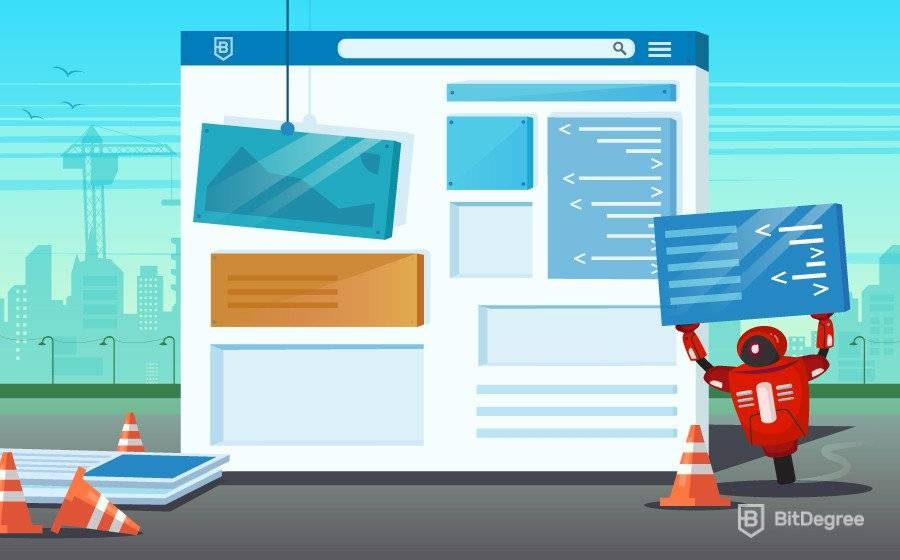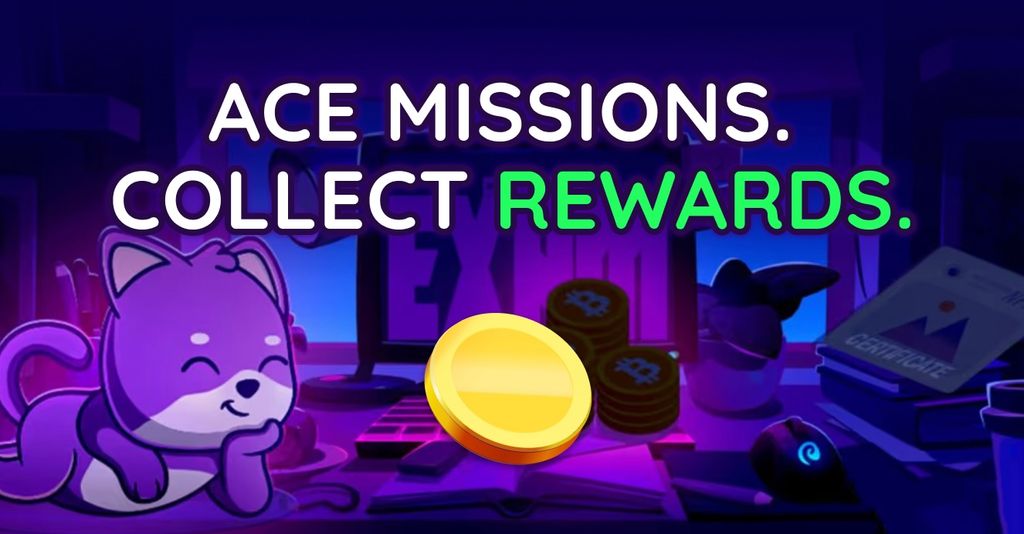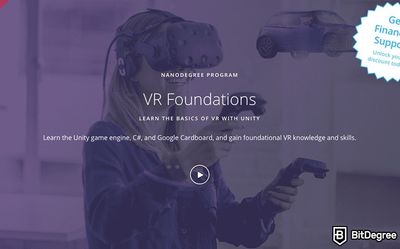Free Airdrop Season 7 is LIVE! Answer fun questions or do simple tasks to earn rewards from the $30K BitDegree prize pool. Participate Now ! 🔥
Web developers are in-demand specialists with the skills to create the logic behind all features of websites. There are various courses for Web development so if you're interested in how to become a web developer, you should definitely check some of them out!
If you are wondering about how to create a website, you will need to pick a side you are playing for.
First, we have the front-end developers that are responsible for creating the client-side. Basically, most of the stylistic and structural choices on a website are made by front-end developers.
Secondly, we have the back-end developers that work under the hood. As a client, you won't necessarily notice their handy work. However, you will take heed of sites that show clear signs of workflow and functionality issues.
Therefore, the question of how to become a web developer depends on whether you wish to perfect the functional aspects of websites or deal with their aesthetic components. These goals rely on different resources, learning curves, tools, and coding/programming languages.
Of course, those overachievers in the crowd might not fancy the distinction between back-end and front-end. Why limit yourself? In such cases, the full-stack title might be the one you want to put on your resume.
Table of Contents
- 1. What Does a Web Developer Do? Daily Tasks and Responsibilities
- 2. How to Become a Front-end Developer?
- 2.1. Languages You Should Learn
- 2.2. Resources That Make Front-end Development Easier
- 3. How to Become a Back-end Developer?
- 3.1. The Best Languages to Consider
- 3.2. Recommended Frameworks
- 3.3. What Is the Purpose of Frameworks?
- 4. Other Tips on How to Be a Web Developer
- 5. How to Become a Web Developer: Is it Worth it?
What Does a Web Developer Do? Daily Tasks and Responsibilities
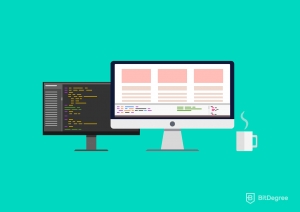
Follow the Datacamp promo code link & get an exclusive 25% OFF Datacamp subscriptions. Act now while the offer is still available!
For some, sitting in front of a computer seems like a privilege, not work. If you're looking up how to become a web developer, the chances are high that you're one of them.
Those who say it's not a demanding job do have a point: you won't have to do any real heavy lifting. However, programmers need to have tremendous expertise up their sleeve and apply it for the production of quality code.
For instance, if you are building a critical security system, bugs that go unnoticed might lead to substantial financial or data losses.
Therefore, let's answer the question of what does a web developer do?
- They are responsible for creating and maintaining stable, aesthetic, and functional websites.
- Front-end developers perfect how a website looks. They might use a combination of HTML, CSS, and JavaScript to create different structures and integrate styles.
- Developers also make websites responsive, meaning that website layouts become flexible and capable of adapting to differently-sized devices.
- They also need to protect users' confidential data.
- Web developers work on new features of websites.
- They test the functionality of websites and evaluate how a website performs on different browsers.
- Programmers also improve the loading speed of sites.
How to Become a Front-end Developer?

As I have mentioned, front-end developers control the way browsers display websites. Many self-taught developers gain their knowledge through online tutorials, courses, exercises, or any material they can find.
Some may trust sketchy Youtube videos but if you want to be sure you're learning efficiently you should give some of the reputable online courses a chance. For example, Edx courses on web development.
To become a front-end developer, you need to learn a combination of coding languages that are necessary for any client-side specialist. How to become a web developer is easier if you are following a friendly guide.
Languages You Should Learn
- As the base for any website, developers use HTML. Tags help them organize content into logical parts, resulting in coherent structures. Therefore, HTML determines the structural properties of your sites, such as the location of your headlines, placement of headings, bullet lists, etc.
This course on HTML will provide you with details about elements and semantics you need to know before starting to build structures of web apps. - CSS is your next target if you're curious about how to become a web developer. It is the language you use to add some style to your websites.
After HTML helps you divide your content neatly, you still need to add some colors, fonts, effects, sizes, margins, animations, and make other styling choices. To cover as much ground as possible on this topic, try this course to learn all about styling options. - Now that your website has a clear-cut structure, attractive style, you need to take things to the next level. JavaScript offers the means to give users an interactive experience. This programming language will provide you with the chance to add tooltips, pop-ups, image sliders, etc.
Interactivity is necessary for any website. What does this mean? Well, it means that the site is capable of updating information on pages without having the user reload them. To find out how the standard JavaScript can help you achieve interactivity, learn from this course.
Resources That Make Front-end Development Easier
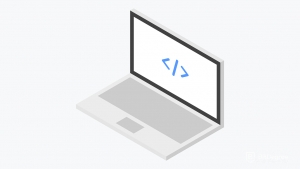
The process of how to become a web developer does not end with you learning programming languages, or writing vanilla code as they say. In fact, it is rare for developers to go full-mode vanilla since frameworks and libraries expedite the development process.
As a beginner, you should not aim for this acceleration right away. It might be best to begin in a vacuum, avoiding all additional resources until you are comfortable with the standard language. While some specialists label the use of frameworks as cheating, do not believe such ridiculous accusations.
CSS Frameworks
Let's now check out some statistics:

1. Bootstrap is the most popular CSS framework in the front-end development landscape. It was the pioneer, emphasizing the importance of the mobile-first approach.
By using classes from Bootstrap, the components of websites adapt to different sizes. One of the dominant features of Bootstrap is the grid. In the most recent times, the use of Bootstrap received some criticism, stating that all Bootstrap-powered websites look the same.
Therefore, more and more developers are looking for Bootstrap alternatives, allowing them to introduce unique mobile-friendly styles. If you feel like Bootstrap is the option for you, learn how to become a web developer who makes web apps responsive here.

2. Foundation and Bootstrap cannot play nice, with the rivalry between them dividing developers into two camps. The Foundation framework is promoted as the most excellent resource for responsive web designs.
3. Tailwind is a utility-based CSS framework that emphasizes speed and practicality over clear-cut code. Therefore, if you develop user interfaces with Tailwind, your code might not be as orderly as you would like.
4. Animate.css is a straightforward framework, giving users pre-written code for animations. You can make elements fade out, slip, rotate, bounce, and more! It would be beneficial to check it out if you want to know how to become a web developer.
5. PaperCSS is perfect for creating a unique style for your website. The framework offers quick and easy integration and less-formal components.
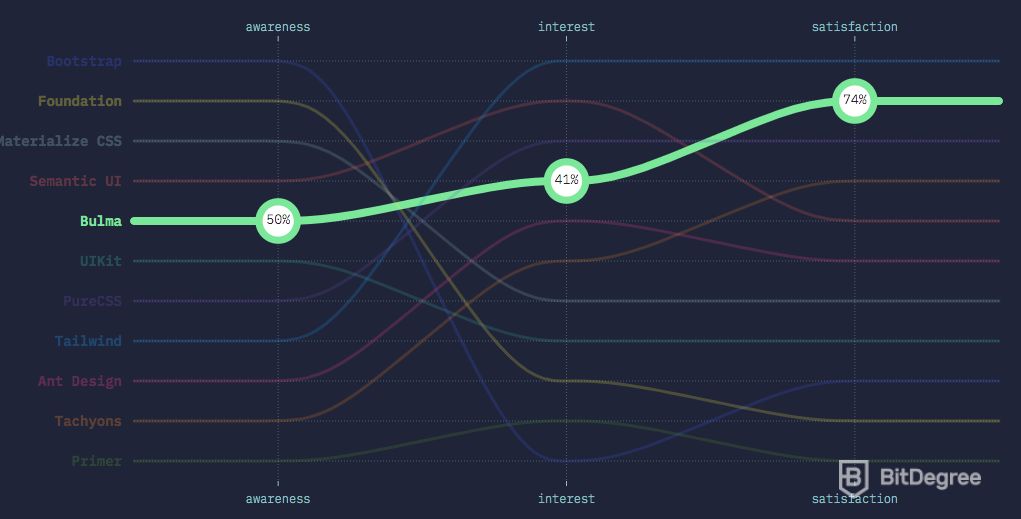
6. Bulma is a component-rich CSS framework, giving developers a chance to produce consistent and responsive code. While many underestimate Bulma, people who have tried it emphasize its easy use, regular updates, and the fact that its box model is based on Flexbox (no more floats and percentages!).
JavaScript Libraries
1. React.js is a JavaScript framework for building single-page applications as well as more complex interfaces. The framework is based on reusable components, meaning that each element of the website can be used anywhere in your project.
For more information, check out this course on creating apps with React.js. If financial struggles prevent you from starting to learn from a course, you should apply for a scholarship. It will cover your studying fees for the course, and reward you for successfully finishing courses.
2. Angular.js is a full-fledged JavaScript framework for creating dynamic web applications. By using this framework, you can define the behavior of HTML-like elements.
Furthermore, Angular.js is perfect for creating features for social interactions such as comments and likes. If you already have some knowledge in coding, check out this course on Angular.js
3. Vue.js is a newish framework that is going to help you add interactivity to your page. If you have used Reach.js or Angular.js before, Vue.js is going to have a lot of similar components.
How to Become a Back-end Developer?

Server-side developers are responsible for managing the server, application, and database. They make sure that each component communicates with each other smoothly. For instance, back-end specialists make sure that all requests from the client-side are handled by the server-side.
While programmers are not the masterminds of communication, they do need to share and exchange ideas with stakeholders and clients. For instance, clients will indicate the functionality they want their web apps to have. The programmer will need to produce quality code for making all those requirements come to life.
The Best Languages to Consider

- PHP is the general-purpose scripting language that is highly suitable for web development. With this language, developers write the logic behind the communication between dynamic content and databases. If you feel like it's time to explore the capabilities of this scripting language, try this beginner-friendly course on becoming a PHP specialist.
- While learning Python is all the rage right now, this attitude is more prominent when it comes to artificial intelligence, data science, and machine learning.
However, using Python for web development is a popular choice as well due to the simple syntax and easy-to-read code. In this course, you will learn just how Python can be used to create and control the server-side of web apps. - Java has been around for years, and it retains the position of one of the most widely-used languages. Besides being the top choice for Android development, Java is a friendly companion of many back-end developers.
To get a better idea of Java and its use, get this course to learn the basics and start programming with Java. - Ruby on Rails refers to the Ruby programming language and the Rails framework for web development. This choice is supported by arguments that Ruby contributes to the rapid application development (RAD) and high code readability.
Get this course to try using Ruby on Rails for your first web app!
Recommended Frameworks
While some programming geeks prefer leaving their code framework-free, they cannot deny that web development is more efficient with frameworks. So, how to become a web developer who writes quality code and meets all deadlines?
You should use a framework to provide you with pre-written chunks of code. Anyone might have an opinion about how to become a web developer. Do not let others discourage you from using frameworks because of the preference of vanilla code.
PHP

One of the reasons why PHP retains its title as the most popular choice for the server-side is the number of frameworks.
- Laravel is an open-source PHP framework, letting developers add various features to websites without writing code manually. It can provide you with sophisticated authentication systems, automatic testing, etc.
Laravel fuels thousands of websites on the web and is one of the most productive frameworks around. - Symfony is another PHP framework that supplies universal and reusable code. It is admired for its flexibility, scalability, and easy-testing features.
- Laminas (previously Zend) provides object-oriented code to help developers produce web apps. Since it is object-oriented, it incorporates such features as an inheritance.
One of the best traits of this framework is that it allows developers to do their unique variations of the individual components of the framework.
Python

- Flask is an independent framework helping people build lightweight web applications. Your application might start as a small project, but as it grows, you might need to infuse some more advanced components.
Flask is great for that, letting you scale up to more complex apps. Therefore, do not hesitate to learn it! - Django is a reliable choice for any back-end developer. It is simple, scalable, and flexible. It also has one of the highest-quality security systems, preventing all sorts of malicious activities. Follow this course, and build a website with Python and Django!
- Pyramid is an excellent choice for your web app. It will provide you with the foundation for authorization, URL routing, and various other features. Developers value simplistic frameworks like Flask and Pyramid because they have fewer constraints when it comes to their code.
Java
- Spring is a Java framework based on the inversion of control and dependency injection. Additionally, this framework promotes aspect-oriented programming.
- Hibernate is a framework for simplifying the way you write code to make your web application interact with the database.

- Easy to use with a learn-by-doing approach
- Offers quality content
- Gamified in-browser coding experience
- Free certificates of completion
- Focused on data science skills
- Flexible learning timetable

- High-quality courses
- Nanodegree programs
- Student Career services
- Nanodegree programs
- Suitable for enterprises
- Paid certificates of completion

- A wide range of learning programs
- University-level courses
- Easy to navigate
- University-level courses
- Suitable for enterprises
- Verified certificates of completion
What Is the Purpose of Frameworks?
You might be surprised as to what end frameworks exist. It is true; you are not required to use frameworks to learn how to become a web developer. However, since programmers encounter repetitive tasks, it is great to have a source for these traditional patterns and structures.
Therefore, if you need an authentication feature, you won't need to write the logic behind it yourself. Instead, you will take it from a framework and insert it into your code.
Other Tips on How to Be a Web Developer
- Self-taught programmers are valued the same as people who graduate from universities or colleges. In many cases, companies prefer candidates that showcase their skills: diploma becomes a secondary factor.
- How to become a web developer: persistence and patience are vital. Every programmer needs to grow and improve. Without being glued to the newest technologies, blog posts, innovative tools, or advanced techniques, programmers lose their edge.
Going with the flow is not an option for web developers. Of course, you might ignore the rapidly-changing world and live inside your bubble. However, it is only a matter of time until your competitors snatch your clients or your job. - Programmers need to know how to work with version-control systems. Git is one of the best options for keeping track of source code modifications during production and beyond.
Are you confused over the differences between Git and Github? Read this article and find out! To master all features of Git, check this guide on the main commands used for version control. - Practice is key when speaking about how to become a web developer. Without producing code, you won't get the hang of the main programming principles. Besides knowing what a variable is, you should know precisely how to use and define it.
- You also need to know how to communicate with clients. As a programmer, you might be expected to be a mastermind who can do the impossible. Therefore, you should prepare yourself for those long chats with clients.
- You might find it funny but you should invest in your workspace. For the most part, you will be sitting in front of a computer. Getting high-end equipment seems obvious, but what about your chair? Get the most comfortable chair you can find to make programming less physically draining.

Did you know?
Have you ever wondered which online learning platforms are the best for your career?
How to Become a Web Developer: Is it Worth it?
Yes, there are many things to consider before choosing a web developer career. Are you prepared for a long-term commitment to technology and programming languages? Are you ready to sit in front of your computer for hours before finding the suitable solution to a bug?
If the answer is yes, the preliminary results are in: you have the attitude to become a programmer. When it comes to your skills, it is just a matter of time. The learning process might take months or years, especially if you decide to work on back-end development.
Front-end is traditionally seen as an easier branch of web development. Nevertheless, they both require extensive knowledge about responsiveness, interactivity, modern web designs, and, of course, programming/coding/scripting languages.
If you have the determination for mastering the tricks on how to become a web developer, nothing will stand in your way!

